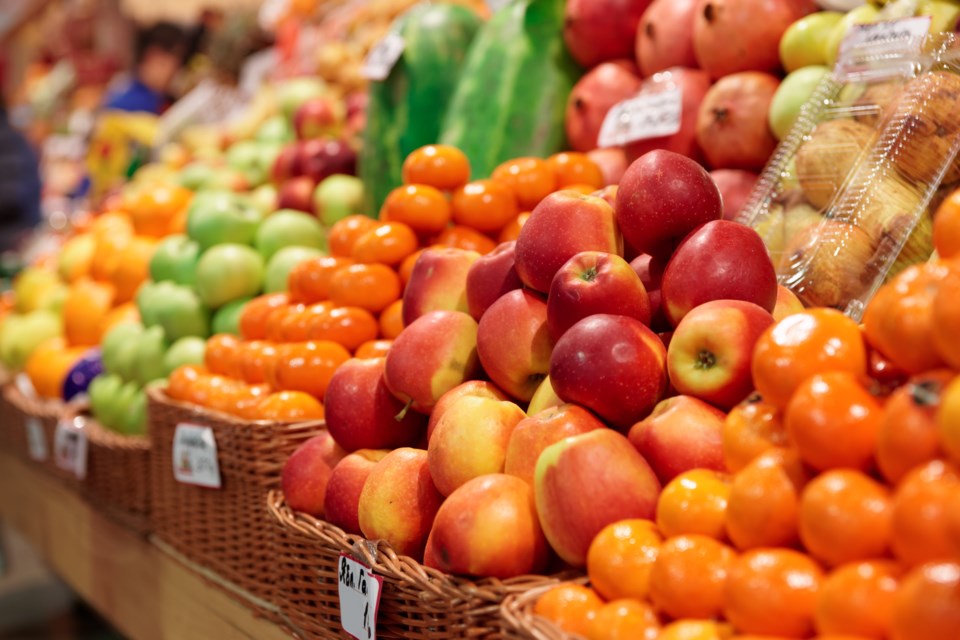B.C.’s top public health officials are expressing concerns about the rising costs of eating healthy food.
B.C. Centre for Disease Control researchers went shopping in spring 2022 at 245 full-service grocery stores and found the average monthly cost of a nutritious diet for a typical family of four was $1,263, with regional disparities showing costs as low as $1,104 in the northeast sector of the province and as high as $1,571 in the northwest sector.
In short: many British Columbians are not provided adequate wages or government support, when required, to eat nutritious food.
Between health authorities, those on Vancouver Island paid the most, with a monthly bill of $1,366, on average, whereas those in Fraser Health paid the least, or $1,193, on average.
The remaining three health authorities break down as follows:
- Interior Health: $1,264
- Northern Health: $1,300
- Vancouver Coastal Health: $1,311
The researchers bought what was necessary for the four-person family (adjusted for age and sex) as guided by the 2019 National Nutritious Food Basket, which includes fresh produce, a range of proteins (beans, legumes, meat and dairy), whole grain foods and unsaturated fats.
A family of four with both parents earning minimum wage and paying about $1,700 on housing would have just $2,330 left over for all other expenses if it were to pay what’s needed to eat nutritiously. However, those on income assistance and single parents have only a few hundred dollars leftover and in some cases no money at all, the study found using calculated assumptions on housing costs, taxation and government benefits.
“Addressing household food insecurity requires policy action to increase incomes so that everyone can afford to eat a nutritious diet that supports health and overall well-being,” the study stated.
Understanding that families and individuals are struggling to afford basic nutritious food can inform public health planning, monitoring and policy, according to the study.
“Households and individuals that experience household food insecurity face numerous health and social challenges,” the study concluded.
The report noted some limitations that could make food insecurity even worse for many had they been factored in more conclusively. Pricing food, for example, largely excluded rural, remote and Indigenous communities. As such, food costs in the report do not take into account transportation costs and time costs. There is also a gap in how climate change-related disturbances, such as ruined crops and supply chain interruptions, impacts food costs.
“While income is the strongest predictor of household food insecurity, a number of economic, social, environmental and geographic factors affect people’s access to enough foods that promote well-being,” the study stated.
To come to the average monthly cost, the researchers concluded the following costs for each individual: $222 for a female age four to eight years old; $354 for a male age 14-18; $309 for a female age 31-50; and $378 for a male age 31-50.
The study noted in December 2022, the consumer price index in B.C. was up 6.6 per cent compared to December 2021 but the cost of food in B.C. rose 9.5 per cent in that same period, with the price of groceries purchased from stores increasing 11 per cent.
The study, titled .


